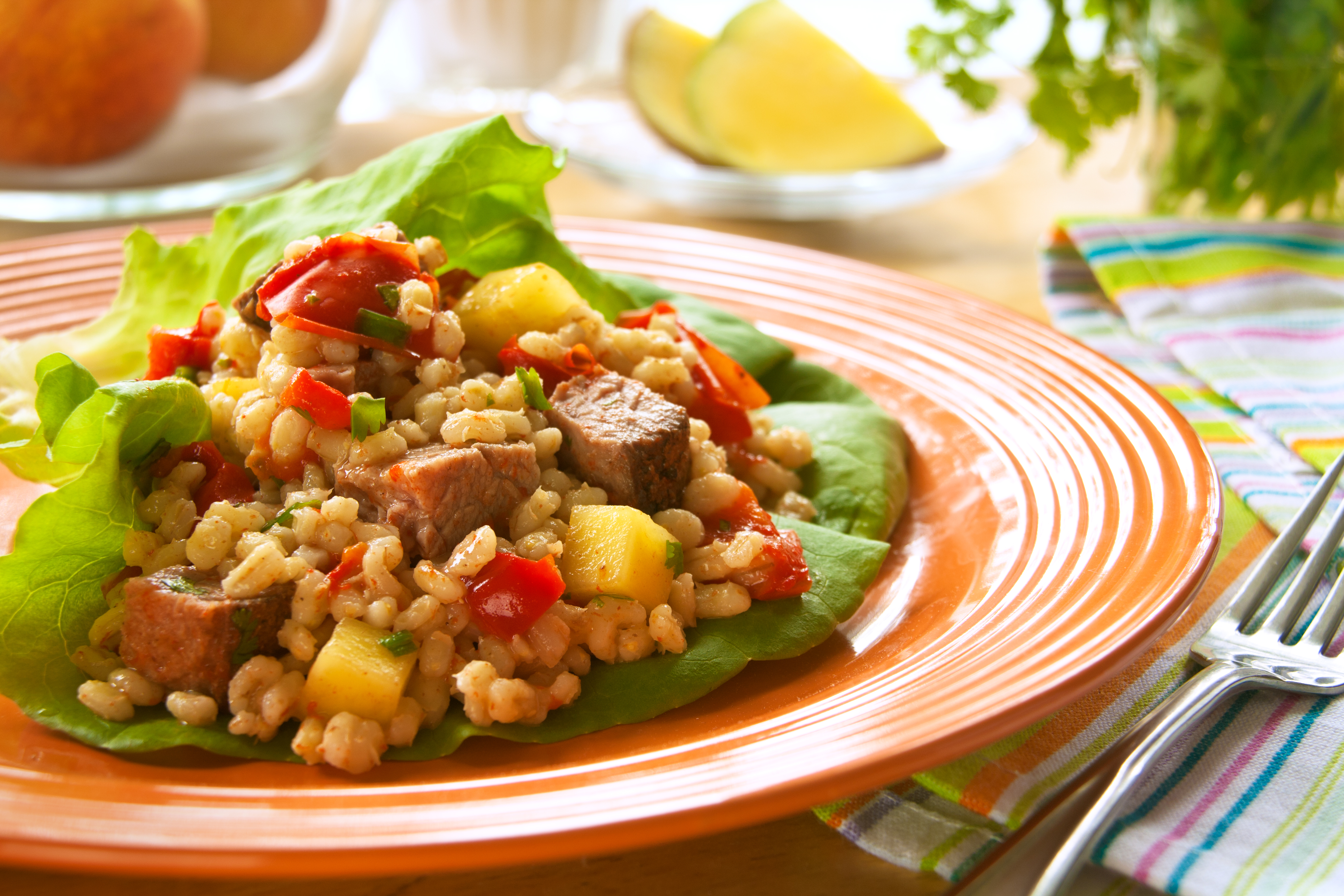Though few of us are large-scale farmers, lots of us have heard of cover crops (sometimes called “green manure.”) These crops are typically not raised as cash crops. Instead, they are planted to keep the bare soil from being exposed to the elements and also to nourish the soil and suppress weeds during the regular crop’s “off season.” Which crops are these exactly? Often they are legumes, grasses and certain grains. Small grains like barley, millet and buckwheat are common cover crops. These also happen to be cover crops that local farmers can actually harvest and sell as well. Growing this type of cover crop allows farmers to make money from crops grown past the normal summer season, so buying these products is a great way to support smaller, local farms.

Cooking with small grain cover crops
Purchasing local cover crops is one thing, but what do you do with them? Well, I’ve got a few ideas for you! Barley is one of my favorite grains of all time because it’s so versatile and tasty. I love the chewy, almost “meaty” texture of barley, which to me, translates to stews and casseroles—substantial, stick-to-your ribs fare. It also makes a nice sub for rice in stuffed peppers and stuffed cabbage. Millet is a gluten-free grain that can be cooked or popped and eaten as a snack. Making cooked millet into “cakes” or patties is a fun way to serve it (as either an entrée or as a side dish) and adds interest and variety to your plate. Elsewhere on this blog, we’ve covered ideas for using alternative or ancient grains as cereals, which is a wonderful idea that will wake you up to new tastes and textures in the morning. But there is more you can do with these grains than make cereal—you can make pancakes with them, stuff vegetables with them, add them to soups, use them in a grain-based salad and of course, toss them with some veggies, nuts or dried fruit for an easy side dish.
Nutritional merits of barley and millet
We’ve got recipe ideas for barley and millet, but what do they have going for them nutritionally? Let me tell you, these ancient grains are loaded with good stuff! Aside from the obvious: complex carbohydrates and fiber that are a hallmark of grain foods, each of these grains has something special about it. Barley is high in soluble beta-glucan fiber, which research shows is particularly effective at helping control blood sugar levels as well as lowering “bad” cholesterol levels. Barley is also higher in protein than many other grains. If you can find it, hulled barley is preferable to the more commonly found pearled barley because it retains more of the outer layer and therefore more nutrients and fiber (though it does take longer to cook). However, even pearled barley boasts more fiber than some other grains, and merits a more prominent place in your pantry. Millet is a gluten-free family of small-seeded grains that is especially high in the mineral manganese, an important constituent of many enzymes needed for healthy metabolism and a wide variety of functions including bone formation and wound healing.